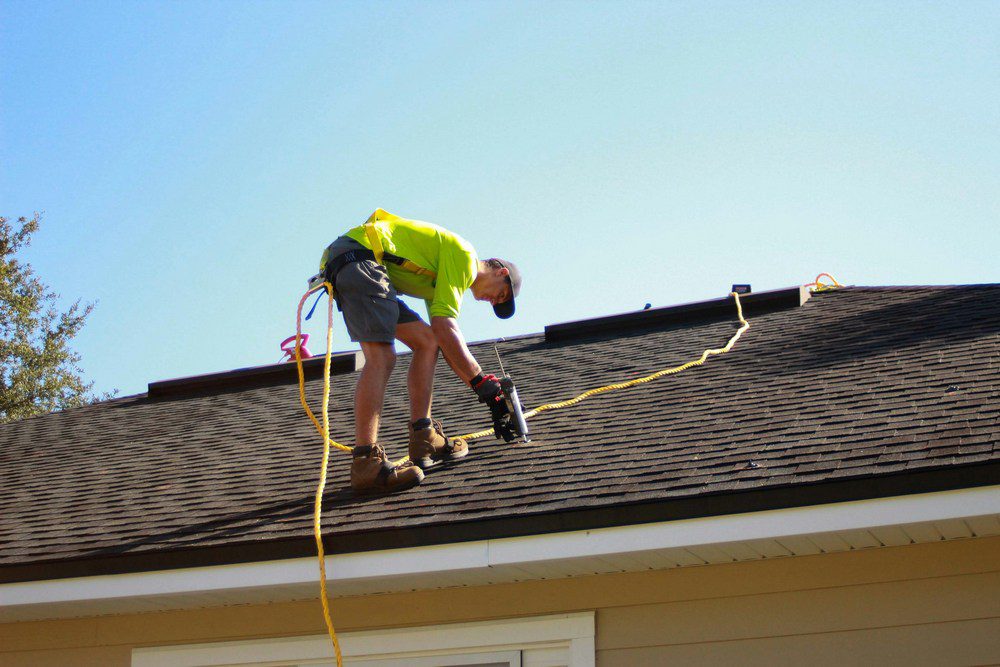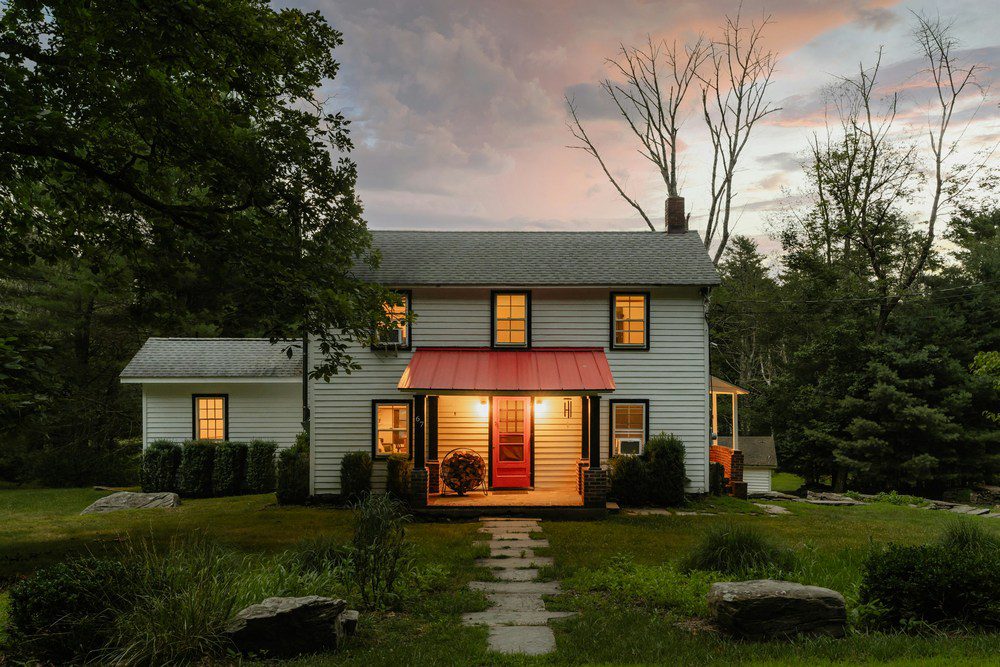For homeowners, a house that looks just as good on the outside as it does indoors enhances the experience of living there and simply makes it a more pleasant sight to come home to.
Contents
7 Ways to Refresh Your Home Exterior
If you are considering selling your home, an attractive exterior makes a great first impression, inviting potential buyers inside to take a look around. Whether you are in the process of trying to sell your home – or looking for ways to give your place a fresh new look, this guide on exterior modeling is here to help.
Roofing
Besides choosing materials that coordinate with the overall appearance of your house (contemporary houses tend to suit modern materials like composite or concrete, while more traditional builds benefit more from state or clay), it’s important to address any structural details first to make sure your roof is doing its main job: providing ventilation, heat retention and shelter from the elements.
Like electrical work, roof repair is one household job that should not be attempted as a DIY job (unless you are a licensed professional contractor yourself), due to the risks associated with working at height, so for guaranteed results and maximum safety, call a professional to get the job done for you.
Siding
Siding on a home isn’t just a pretty facade: it’s also there to protect against the wind, rain, and intrusive pests. Siding comes in a variety of materials, including aluminum, plastic, engineered wood, and fiber cement, as well as vinyl (see here for a guide on how to repair vinyl siding), brick, and stucco.
If your siding is showing signs of wear or damage, it might need repairing, or if it’s older than 10 to 15 years, a full replacement may be required. While siding repairs on smaller areas may be carried out as a DIY project, for total repairs it’s generally better to call in a contractor. Some other signs that it’s time to replace your vinyl include:
- Warping
- Swelling
- Rust
- Rot
- Mold
- Fungus
Most of these signify water damage, which indicates an urgent issue that could affect the structural integrity of the house. Other signs that it’s time to replace your siding include damage due to infestation, or sun damage, which if repaired and repeatedly over time may indicate structural damage that needs addressing.
Pathways, Paving, and Drives
Like roofs, the ground you walk on leading up to a house tends to be considered merely functional, but cracked paving persistent weeds, and worn-out asphalt can be a major eyesore for both homeowners and prospective buyers.
Besides asphalt, there are dozens of paving styles to choose from, as well as brick or stamped concrete. Gravel is another highly affordable option: available in a range of colors and materials, it’s also popular with buyers who enjoy it for its ease of upkeep and pleasant, crunchy sound underfoot.
Windows
Installing new windows is a major investment, but regardless of whether you are planning to sell up or stay put, this is one remodeling task that could vastly improve the appearance and the overall experience of your home, both inside and out.
While larger windows add the illusion of height to the exterior of houses, they also suggest a key factor that many buyers look for: plenty of natural light. If your current windows are letting out too much heat in winter, and not enough light when it’s sunny, it may be time to consider replacing them with something new.
Fencing
Besides adding an attractive finishing touch to your home, fences are also functional: keeping wandering small children and dogs safe, or in the case of taller backyard fences, helping to deter intruders while adding a level of privacy to your home.
Besides the classic white picket fence, natural wood is a great option, harmonizing with the surrounding plants and trees. Climbing plants can be a wonderful addition here, although if you’re using these as a selling point, be sure to add these well in advance. Brick and metal can also provide a sophisticated and stately look.
Lighting Your Home Exterior
Lighting serves two basic functions. The first is for safety, especially at night. The second goal is to create a cozy appearance to the exterior. Sconces (especially motion-sensitive options) are always a good choice for placement on porches and near the front of the house, as well as pathway lighting to guide visitors safely to your door. Other forms of lighting include lamps or even decorative lighting.
String lights aren’t just for the holidays: a couple of strands of warm white outdoor lights strewn between treetops or around fences can create an inviting look to your home, even as night falls. Remember when doing this to take safety precautions and never mix water and electricity. If in any doubt, ask a licensed electrician to help install them for you.
Design Details
Much like the interior of your house, color, shape, and texture can have a major impact on the appearance of its exterior. This can be achieved by using landscape design to refresh the look of your front yard, or through other elements such as paint or choice of building material. Think of these as the finishing touches: pretty shutters, shiny new fixtures; a bright, cheerful front door.
When used in harmony with the overall design of your home, these details can make a world of difference to how it looks, creating visual interest. Think also in terms of proportion and balance when planning the design of your exterior: symmetrical touches such as matching landscaping or windows can add subtle aesthetic appeal.
Be Creative and Considerate
While adding design details like these can help your home to stand out in all the right ways, some exterior remodeling choices can be less than welcome, if not by owners than by surrounding neighbors (although we doubt you’ll go as far as the owners of the Headington Shark!)
Unless you’re planning on selling (in which case it’s generally best to keep everything as neutral as possible), designing your home is all about self-expression. However, if your hot-pink front door is likely to cause tension between you and the neighbors, it may not be worth the risk.
Some might argue that if you own a property, it’s yours to do with as you wish, but it’s also possible to find a compromise between a home that harmonizes with the rest of the neighborhood and one that reflects your personal style, so before any major decisions, check with your local HOA.




